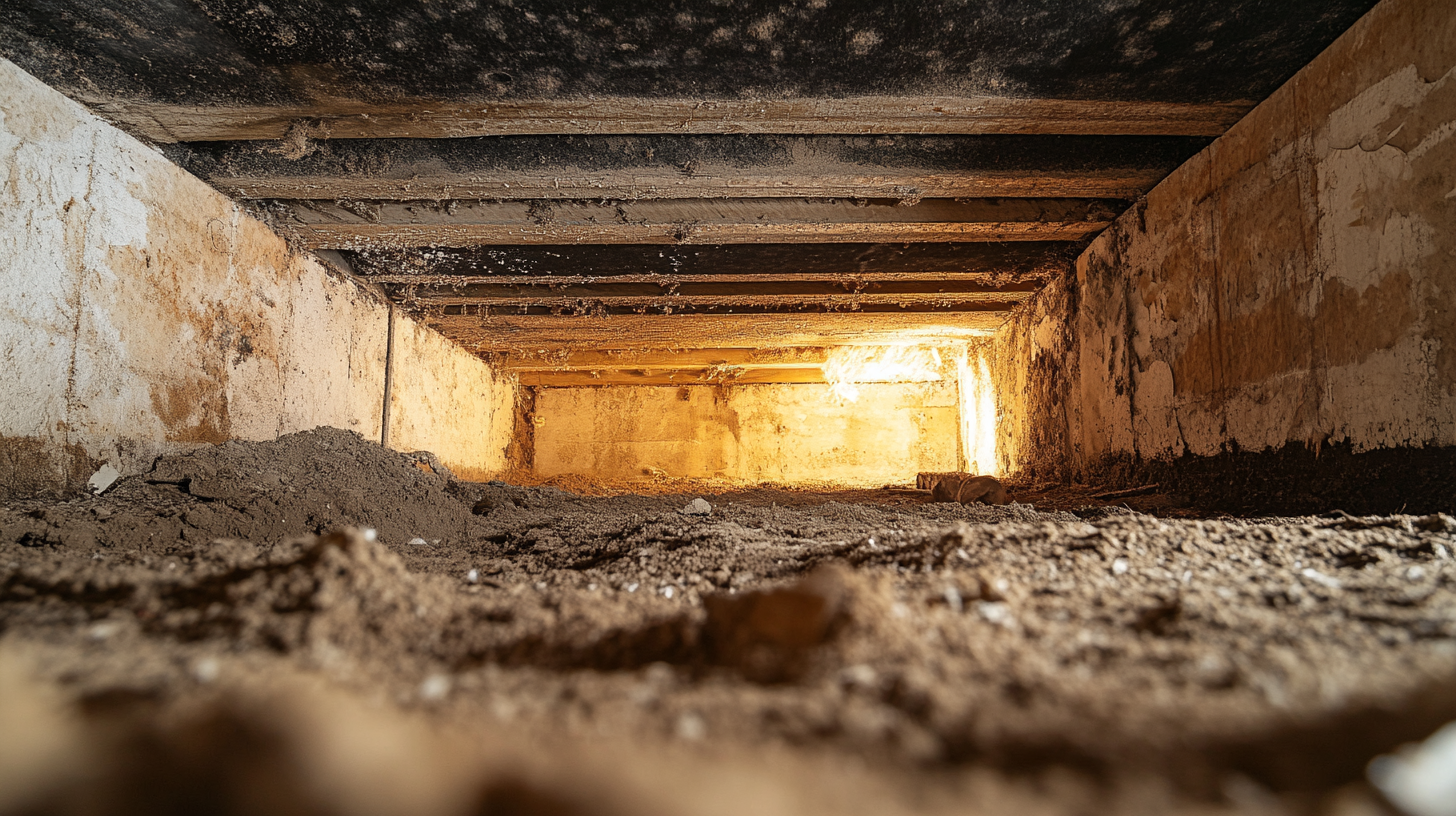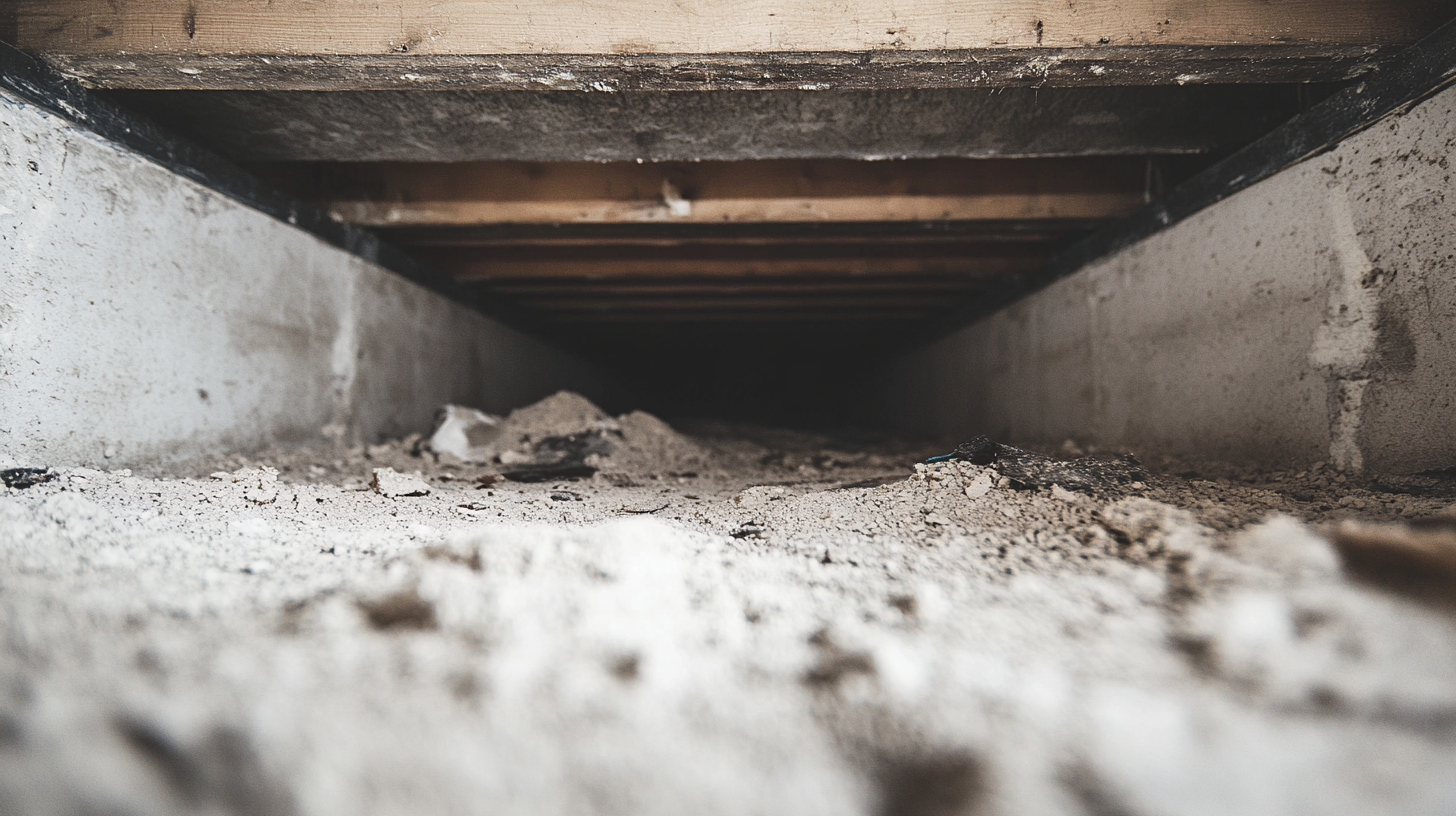Identifying White Mold in Your Attic

White mold in your attic may not be as well-known as its black counterpart, but it presents a similar threat to your home's structural integrity and indoor air quality. Identifying white mold in your attic is the crucial first step in addressing this issue effectively. In this blog, we will explore the telltale signs of white mold infestations in your attic, its potential health risks, and how to approach its removal, ensuring your home remains a healthy and mold-free environment.
Signs of White Mold Growth
Recognizing the signs of white mold growth in your attic is pivotal to addressing this issue promptly. One common indicator is a fuzzy or powdery white growth on surfaces, such as wood, insulation, or even stored items. Musty odors are also a red flag, as they often accompany mold growth, even if it's not yet visible. In addition, water stains, discolored patches, or a history of leaks and moisture problems can signal the presence of white mold.
It's essential to note that white mold, like other molds, thrives in damp and poorly ventilated environments. Attics often provide the ideal conditions for mold growth due to temperature fluctuations and potential humidity buildup. If you suspect white mold in your attic, a thorough inspection is necessary to confirm its presence and determine the extent of the infestation. Addressing it promptly is crucial to prevent structural damage and potential health risks for you and your family.
Common Locations for White Mold in Attic Spaces
White mold can infiltrate various locations within your attic, taking advantage of favorable conditions for growth. It's commonly found on surfaces like wooden beams, insulation, and stored items, especially those left untouched for long periods. Mold often thrives in areas near roof leaks or inadequate ventilation, which contribute to moisture buildup. It can also develop on attic ceilings, rafters, and around attic access points, such as windows or vents.
However, it's important to note that white mold can be challenging to distinguish from other types of mold without professional testing. To ensure accurate identification and safe removal, consulting with mold experts is advisable. Addressing white mold in your attic promptly, regardless of its specific location, is essential for maintaining a healthy living environment and preventing structural damage.
Differentiating White Mold from Other Substances
Differentiating white mold from other substances can be a challenging task, as its appearance may resemble other harmless materials like efflorescence or mineral deposits. One key distinguishing factor is the texture of white mold, which typically appears fuzzy or powdery, unlike mineral deposits that are harder and crystalline. Musty odors often accompany white mold, a sign that distinguishes it from benign substances.
To ensure an accurate identification and safe removal, it's advisable to consult professionals with expertise in mold assessment and testing. They can conduct a thorough evaluation and take samples for testing to confirm the presence of white mold and determine the best course of action. Accurate identification is crucial in addressing the issue effectively and safeguarding your home and health.
FAQs
Contact Fast Response Cleaning & Restoration Today!
Fast Response Cleaning & Restoration will do everything we can to ensure your experience with us is excellent.
Request A FREE Estimate
Request A FREE Estimate Form
CHECKOUT RECENT POST



Have an Emergency? We're Here to Help!
When it comes to disaster cleanup, we are a seasoned veteran in the industry and have helped hundreds of property owners just like you.
Our disaster recovery teams are available 24-7 to quickly clean up and repair disasters of all types.
